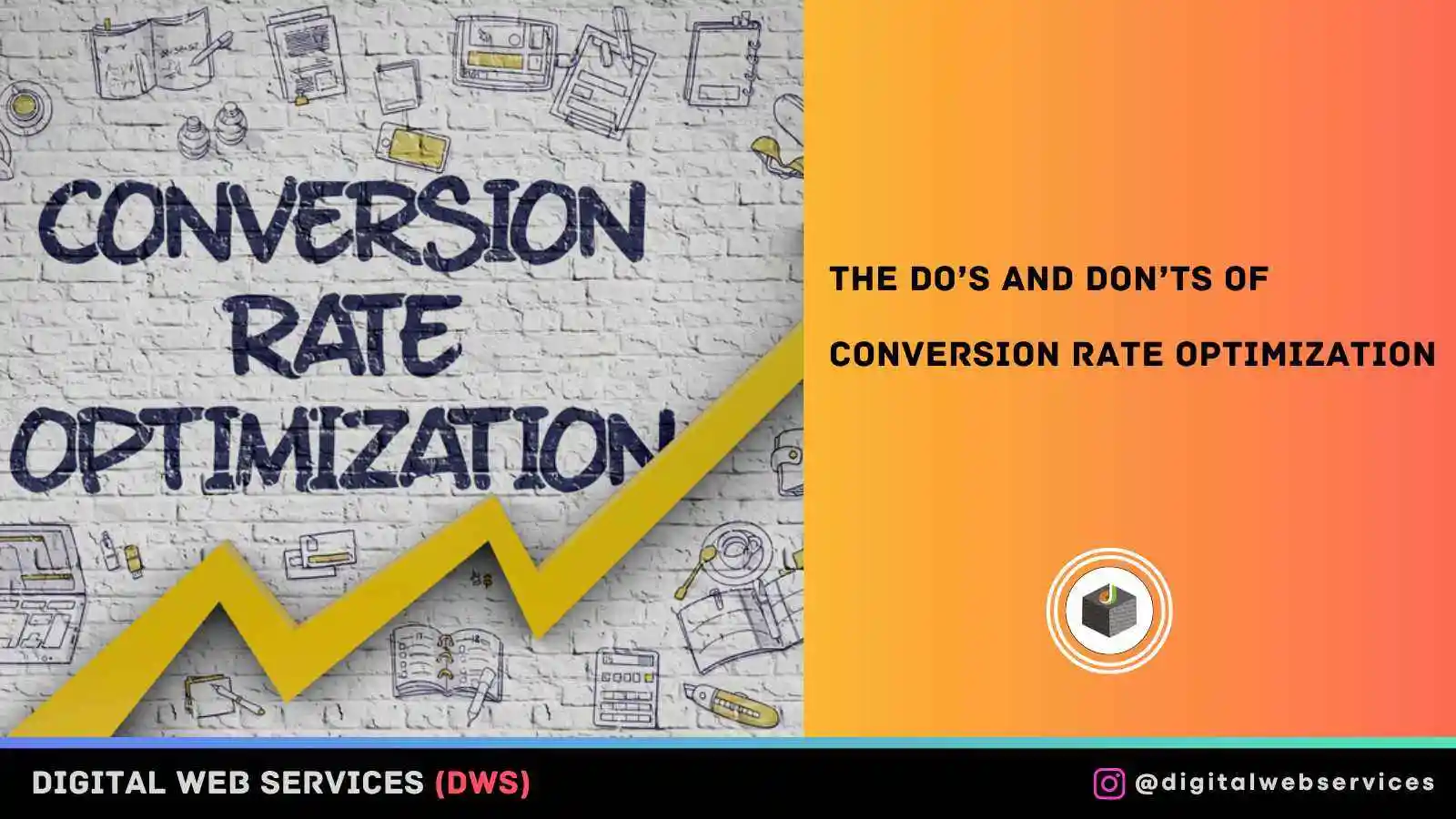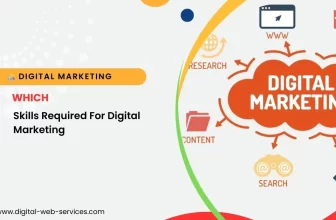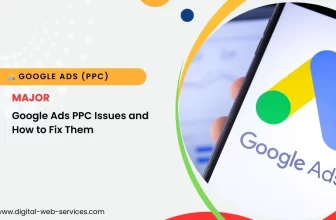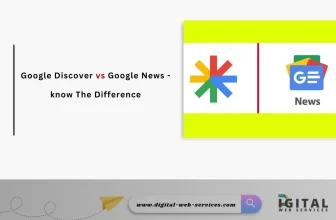
More eCommerce businesses are surfacing as consumers increasingly opt to buy online instead of going to a physical store. As online business is becoming more popular, selling products and services through a website is crucial. You can conduct some strategies to encourage more visitors to visit your site.
Having online visitors isn’t enough to sell products or services. What’s more vital is to increase your conversions. Examples of conversions are sales on an eCommerce site, downloads of an e-book from an informational site, and clicks on a merchant’s link on an affiliate site.
After getting conversions, you can determine the conversion rate. The conversion rate is the total percentage of conversions for every ad interaction. You can calculate it by dividing the conversions you get by the number of website visitors. Then, you multiply the answer by 100.
In addition, you can conduct conversion rate optimization (CRO). But what is CRO? And what are some of its benefits?
The Definition of CRO
CRO is a process designed for businesses to attract more website visitors that will take their desired action (e.g. to purchase or to subscribe). To apply CRO effectively, you must track how your visitors look and click through different website pages. Moreover, you must examine how they engage with your content and apply the best practices to increase the number of your leads and revenue.
There are many benefits to executing CRO. Some of them are the following:
- Enhances user experience
- Less cost for customer acquisition
- Improves site efficiency
- Improves site ranking on search engine results pages
CRO is a significant factor for your eCommerce business. It can lead to a competitive or uncompetitive website.
Here are the do’s and don’ts of CRO that you should know.
Do’s Of CRO
To increase your conversions, these are some of the things you can do:
Split Testing Your Landing Pages
Split testing, also called A/B testing, enables digital marketers to evaluate two web pages—a control (the actual page) and a variation. These variables are sent to two types of audiences that are randomly selected. This can be beneficial, as it can help you identify what kind of page offers the most ideal outcomes.
You can apply split testing to the CRO of your landing pages and check which page delivers more conversions. After knowing which one, you can display the winning variable to your landing page visitors.
But how will you go about this? Firstly, you can test the landing page with the highest conversions. There’s a reason for doing this. For one, you don’t want to spend more time testing a page that isn’t receiving the necessary number of conversions or traffic. In addition, you must avoid concentrating on changing the micro details of such a landing page. That’s because doing so can only lead to inaccurate results from your data analytics, which won’t provide any clear winner.
Optimizing Your Blog Posts
Blog articles can significantly increase your conversions. These types of content are more effective than e-books, emails, and white papers. They are also ideal for increasing the traffic on your website, which improves your chances of having more potential customers and conversions.
Even if blogs are genuinely essential, there are a lot of bloggers or content marketers that don’t capitalize on their considerable marketing potential. So, for you to avoid this mistake, you must know how to conduct and take advantage of proper blog optimization.
Some tips that you can apply to optimize your blogs properly are the following:
- Conduct proper keyword research
- Incorporate videos and images into your blogs
- Always link your blog internally
- Look for keywords that mirror users’ intent
- Update the blog content with the highest number of traffic
- Create effective calls-to-action (CTAs)
- Focus on a specific type of audience
These are just some examples, and there are many others.
Don’ts Of CRO
As there are things that you should do, there are also things you should avoid, such as the following:
Not Using Paid Advertising
If you’re beginning your online business and you don’t have sufficient traffic that you can test, that can lead to low conversions. So, rather than waiting for a low-converting website to have the right amount of traffic over time, you can use paid advertising to get an immediate result.
Paid advertising involves a company’s online strategies to attract customers, typically through paid ad space on websites, searches, or social media. Various types of paid ads exist, and the most used are the following:
- Banner ads
- Paid search
- Native ads
- Social media advertising
If you’re wondering how to use paid ads to get website traffic, here are some steps to help you:
- Generate a clever paid traffic roadmap
- Develop an ad copy that converts
- Use different platforms to show your ads
You can apply them immediately to see results.
Not Using Data Analytics
Data analytics is the process of analyzing data so it can inform your decisions. With analytics, you can identify your customers’ interests. This will enable you to conduct website customization based on their behavior. Otherwise, if you fail to know their interests, you’ll find it hard to increase sales and grow your business.
Analytics can also be good for optimizing your conversion rate. The data analysis of marketing campaigns enables teams to identify the factors that lead to more conversions. This allows them to potentially emulate that achievement in future campaigns.
To start using data analytics, you can take the following steps:
- Develop a conversion rate objective
- Choose your platform for data analytics
- Set up conversion analysis reports
- Test the results of the analysis
Wrapping Up
Website visitors aren’t enough if you want to have more conversions. That’s where CRO comes in. CRO encourages more site visitors to take the actions that you want. That said, you should note that there are many do’s and don’ts when conducting CRO. Altogether, it takes a lot of effort to optimize your conversion rate, but it’s worth it because it will be incredibly beneficial for your eCommerce business.
Digital Web Services (DWS) is a leading IT company specializing in Software Development, Web Application Development, Website Designing, and Digital Marketing. Here are providing all kinds of services and solutions for the digital transformation of any business and website.










